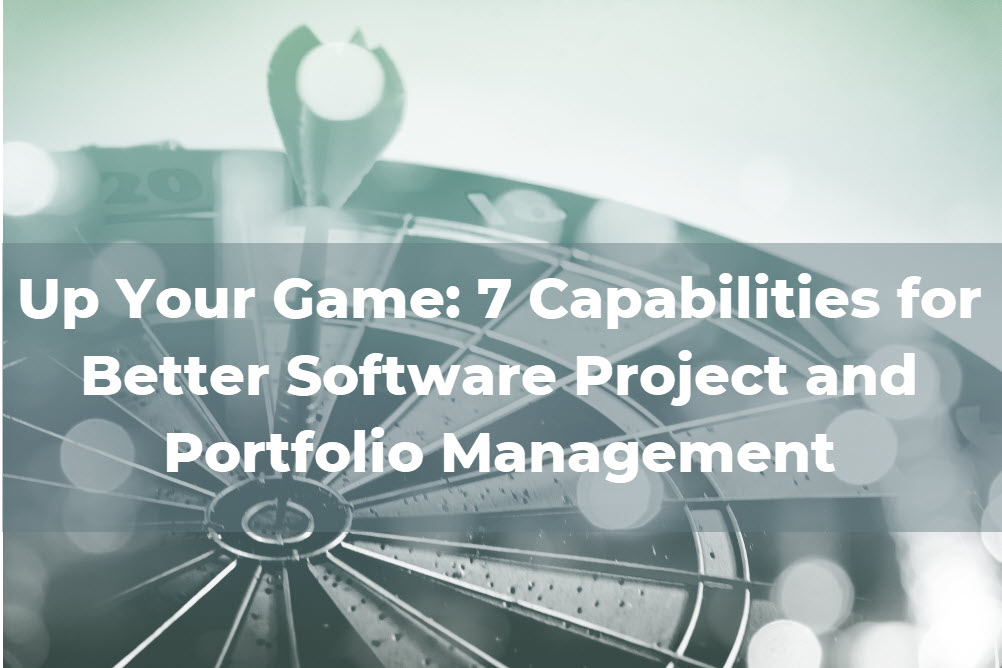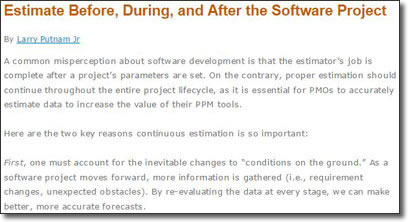Up Your Game - 7 Capabilities for Better Software Project and Portfolio Management

Introduction
Businesses and organizations worldwide need ways to organize and execute the work required to meet strategic objectives. Project Portfolio Management (PPM) software tools “support the selection, planning and execution of a variety of different work packages or containers, including, but not limited to, traditional projects. They often fold in collaboration and communication capabilities and allow work teams and project offices to report, monitor, and identify course correction in resource-intensive project and work environments[1].”
Software development and digital transformation initiatives make up a considerable chunk of business and government portfolios in any given year. The financial, personnel, and time resources needed are significant. Information Technology (IT) programs and portfolios are strategic and high profile and must be planned and managed with great care.
QSM’s Software Lifecycle Management (SLIM) suite of software tools is sometimes confused with PPM applications. SLIM-Suite doesn’t compete with PPM solutions - they complement them, supporting Project Management Institute (PMI) project and portfolio planning and management standards several ways. SLIM works with PPM tools by providing essential data and capabilities to:



 Since I work for a
Since I work for a